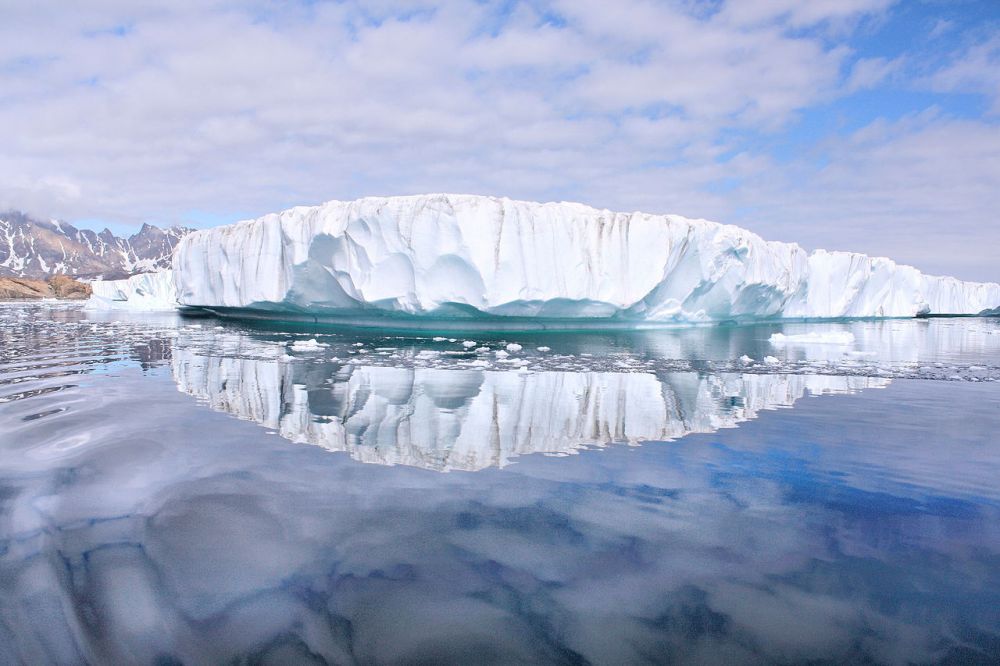Huge mass of ice breaks away from Greenland
A mass of ice has broken off the Jakobshavn Glacier and scientists have suggested it could be the largest section ever witnessed to break away from the region

A mass of ice has broken off the Jakobshavn Glacier in Greenland and scientists have suggested it could be the largest section ever witnessed to break away from the region.
Satellite imagery shows the incident occurred between 13 and 19 August and scientists studying the phenomenon say the 12.4 sq km section has come away from the ice stream's calving front.
Jakobshavn is a major drainage channel for the Greenland ice sheet and produces about 10 per cent of its icebergs.
When sections break away from the ice sheet they travel down a long fjord before entering the Davis Strait and floating towards the Atlantic.
The European Space Agency (ESA) has been tracking the incident using the EU's Sentinel satellites with the Sentinel-1a radar platform mapping flow and elevation changes and the Sentinel-2a optical spacecraft providing context imagery.
ESA estimates that the mass of ice "could cover the whole of Manhattan Island by a layer of ice about 300m thick" based on calculations that it has a total area of 12.5 sq km, and is about 1,400m deep, with a volume of about 17.5 cu km.



